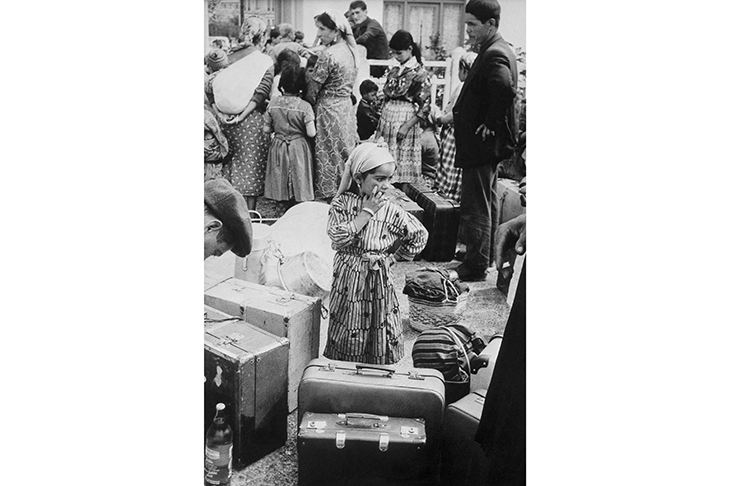Two words may pique the reader’s interest on the cover of this timely, panoramic history of Europe by the distinguished writer on human migration Peter Gatrell: ‘unsettling’ and ‘1945’. Why unsettling, and why choose the end of the second world war as a turning point? By the close of dramatic Part I (‘Violent Peacetime, Cold War Rivalry, Rebuilding Europe 1945–1956’), we have gained detailed insight into just how demographically, economically, politically and psychologically shattered — and geographically unsettled — Europeans were in the decade after 1945. The continent was on the move — from the displaced within the USSR and the new Soviet empire, to the two million German civilian expellees from eastern Europe, to the Polish, Italian, Ukrainian and other displaced persons (DPs) from redrawn nation states, especially in central and eastern Europe, which sought to homogenise their ethnic make-up. That project had already begun with the extermination of two entire European cultures — the Jews and the Roma.
For all the ‘ruin in the human soul’ the displacement of survivors caused, in the words of one American author-witness, ethnic homogenisation failed as a measure against future trouble. Our collective attention span is short, and national memory selective. In 21st-century Europe, when politicians equate ‘migration’ with ‘crisis’, Gatrell’s calmly humanist history fills a large memory hole. These compelling opening narratives reveal how the countries of Europe as we know them today were shaped by waves of traumatised people crossing arbitrary new borders, and why ‘opportunity migration was central to the history of post-war Europe’. The extent of that migration dwarfs anything seen since. Here is a witness account by the Canadian historian Modris Eksteins, whose refugee Latvian family crossed Europe:
Beyond the corpses, beneath the rubble, there was life, more intense than ever, a human anthill, mad with commotion. People going, coming, pushing, selling, sighing… Scurrying to survive.







Comments
Join the debate for just £1 a month
Be part of the conversation with other Spectator readers by getting your first three months for £3.
UNLOCK ACCESS Just £1 a monthAlready a subscriber? Log in